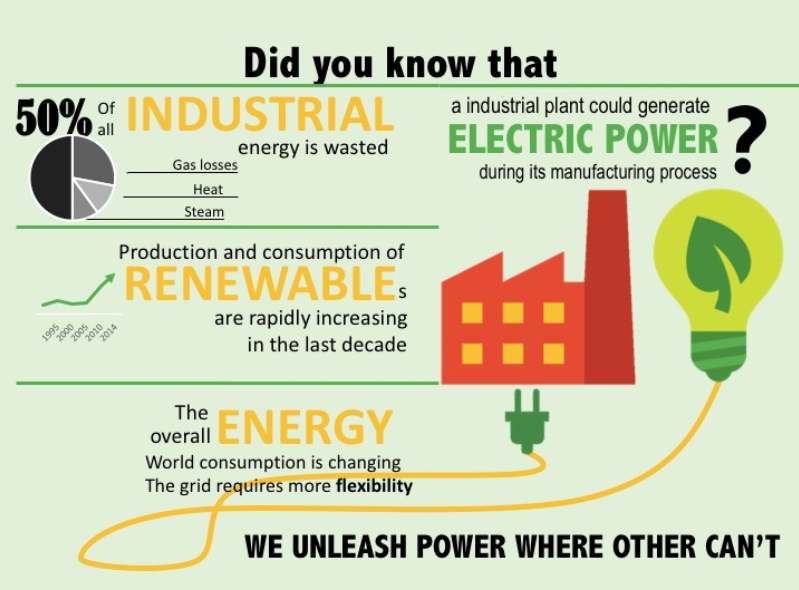In an era where sustainability and energy efficiency are paramount, industries worldwide are turning to innovative solutions to reduce their carbon footprint and operational costs. One such groundbreaking technology is the Smart Energy Saving System, which is rapidly gaining traction for its ability to significantly cut energy consumption in industrial settings. This system not only aligns with global sustainability goals but also offers substantial economic benefits to businesses.
The Need for Energy Efficiency in Industry
Industrial operations are among the largest consumers of energy, accounting for nearly one-third of global energy use. With rising energy costs and increasing regulatory pressures to reduce greenhouse gas emissions, industries are under immense pressure to adopt more sustainable practices. Traditional energy-saving measures, while effective to some extent, often fall short of delivering the comprehensive results needed in today’s fast-paced industrial environment.
Enter the Smart Energy Saving System—a cutting-edge solution that leverages advanced technologies such as the Internet of Things (IoT), artificial intelligence (AI), and big data analytics to optimize energy usage in real-time. This system is designed to monitor, control, and reduce energy consumption across various industrial processes, making it an indispensable tool for modern factories and plants.
How the Smart Energy Saving System Works
The Smart Energy Saving System operates by integrating sensors and smart meters throughout an industrial facility. These devices collect real-time data on energy usage, which is then analyzed by AI algorithms to identify inefficiencies and areas for improvement. The system can automatically adjust energy consumption patterns, such as optimizing machinery operation schedules, reducing idle times, and balancing loads across different equipment.
For example, in a manufacturing plant, the system might detect that certain machines are consuming excessive energy during non-peak hours. By adjusting the operating schedule or switching to energy-efficient modes, the Smart Energy Saving System can reduce energy waste without compromising productivity. Additionally, the system provides detailed reports and insights, enabling plant managers to make informed decisions about further energy-saving measures.
Case Study: Success in the Automotive Industry
One notable example of the Smart Energy Saving System in action is its implementation in a leading automotive manufacturing plant. The plant, which operates 24/7, was facing skyrocketing energy bills and pressure to meet stringent environmental regulations. After installing the system, the plant achieved a 20% reduction in energy consumption within the first year.
The system’s ability to monitor and optimize the energy usage of high-power equipment, such as robotic arms and paint booths, played a crucial role in this achievement. Moreover, the plant reported improved operational efficiency and a significant reduction in its carbon emissions, further solidifying the system’s value.
Environmental and Economic Benefits
The adoption of the Smart Energy Saving System offers a dual advantage: environmental sustainability and cost savings. By reducing energy consumption, industries can significantly lower their greenhouse gas emissions, contributing to global efforts to combat climate change. At the same time, the system helps businesses save on energy costs, which can be reinvested into other areas of operation.
According to a recent study, industries that implement smart energy-saving technologies can reduce their energy bills by up to 30%. This is particularly beneficial for energy-intensive sectors such as steel, cement, and chemicals, where even small improvements in energy efficiency can translate into substantial savings.

Future Prospects and Challenges
As the demand for sustainable industrial practices continues to grow, the Smart Energy Saving System is poised to become a standard feature in factories and plants worldwide. However, widespread adoption faces certain challenges, including high initial costs and the need for skilled personnel to manage and maintain the system.
To overcome these barriers, governments and industry leaders must collaborate to provide incentives and training programs. For instance, subsidies or tax breaks for companies that invest in energy-saving technologies could encourage more businesses to adopt the system. Additionally, educational initiatives can help bridge the skills gap, ensuring that workers are equipped to operate and optimize these advanced systems.
Conclusion
The Smart Energy Saving System represents a significant leap forward in industrial energy efficiency. By harnessing the power of IoT, AI, and data analytics, this technology offers a practical and effective solution for reducing energy consumption and emissions. As industries continue to prioritize sustainability, the adoption of such innovative systems will be crucial in achieving a greener, more sustainable future.
With the Smart Energy Saving System, industries are not only reducing their environmental impact but also paving the way for a more sustainable and profitable future.



WeChat
Scan the QR Code with wechat